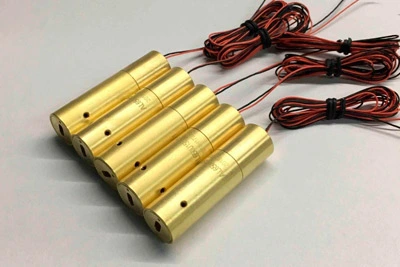The so-called laser technology is a general term for exploring and developing various methods of generating lasers and exploring and applying these characteristics of lasers for the benefit of mankind. In recent years, laser technology and applications have developed rapidly, and have been combined with multiple disciplines to form multiple application technology fields, such as optoelectronic technology, laser medical and photonic biology, laser processing technology, laser detection and measurement technology, laser holography technology, laser Radar, laser guidance, etc.

The laser emitted by semiconductor lasers not only has good monochromaticity and coherence, but also has a light wave frequency that is ten thousand times higher than that of microwaves. It has strong interference ability and good confidentiality, and the communication capacity is tens of thousands times higher than that of microwave communication. The use of laser technology for optical storage has revolutionized the storage of information.
The laser has high coherence and can obtain all the information of the interfering wave space including the phase. Therefore, using laser for holography, all the information of the object to be photographed is recorded on the negative film, and through the diffraction of light, the vivid three-dimensional image of the captured object can be reproduced. Holography has the characteristics of three-dimensional imaging and can be recorded repeatedly. The use of holographic interferometry to study the combustion process of gas, the vibration mode of mechanical parts, the bonding quality of honeycomb panel structures, and the inspection of subcutaneous defects in automobile tires has been widely used.
Laser applications in medicine fall into two categories: laser diagnosis and laser therapy. In terms of laser diagnosis, the laser can penetrate deep into the tissue for diagnosis, which directly reflects the condition of the tissue and provides a sufficient basis for doctors to diagnose. In terms of laser treatment, laser technology has become an effective means of clinical treatment and a key technology in the development of medical diagnosis. It solves many difficult problems in medicine, such as small incision for laser surgery, little or no damage to tissue, and less toxic and side effects.
Using the high intensity (brightness) of the laser to focus the light energy of the laser, the focus is enough to melt or vaporize the material in a short time, so as to process materials with different characteristics that are difficult to process, such as welding, drilling, cutting, heat treatment, Lithography etc. Laser processing has the advantages of high precision, small distortion, non-contact, and energy saving. Its application fields can cover almost the entire machinery manufacturing industry, including mining machinery, petrochemicals, electric power, railways, automobiles, ships, metallurgy, medical equipment, aviation, etc. industry. Among them, the wear and corrosion of key parts and precision equipment can be repaired and optimized by laser cladding technology, which has become a magic weapon to turn decay into magic.
Precision measurement utilizes the characteristics of laser monochromaticity, strong coherence and good directionality. Compared with other rangefinders, laser ranging has the advantages of long detection distance, high precision, anti-interference, good confidentiality, small size and light weight. The rangefinder emits light pulses, which are reflected by the measured target and return to the receiving system to measure the time interval between transmission and reception.

